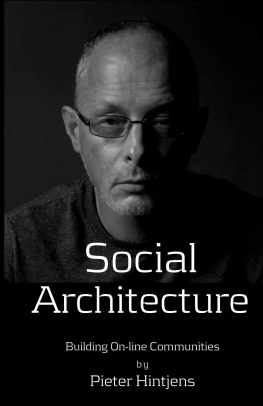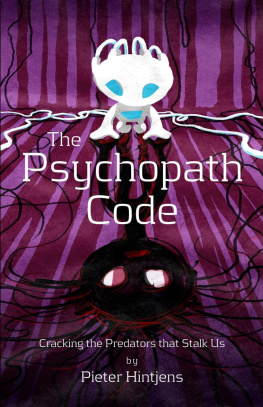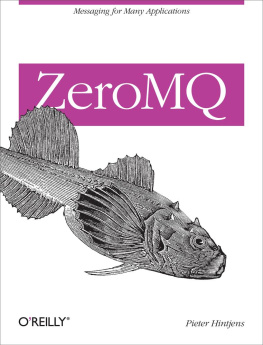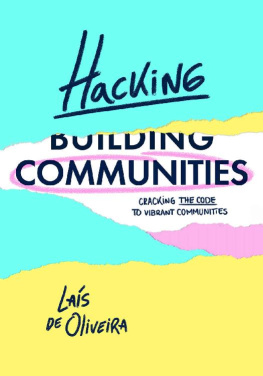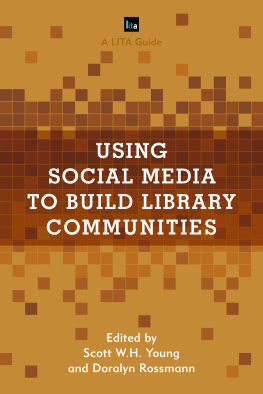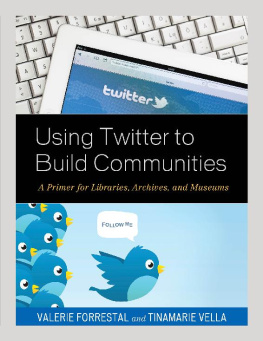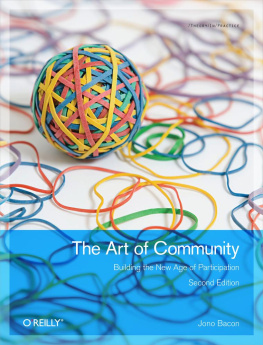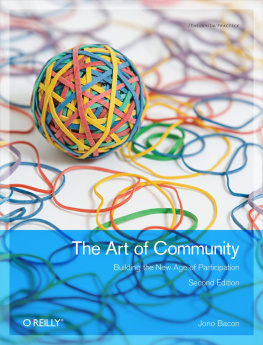Table of Contents
Preface
The Wisdom of Crowds
Niccolo Machiavelli observed, in "Discourses on the First Decade of Titus Livius" that:
"As for prudence and stability of purpose, I affirm that a people is more prudent, more stable, and of better judgment than a prince. Nor is it without reason that the voice of the people has been likened to the voice of God; for we see that wide-spread beliefs fulfill themselves, and bring about marvelous results."
In his book "The Wisdom of Crowds," James Surowiecki wrote, "under the right circumstances, groups are remarkably intelligent, and are often smarter than the smartest people in them." He noted that a collective intelligence usually produces better outcomes than a small group of experts, even if members of the crowd do not know all the facts or choose, individually, to act irrationally.
To put it another way, a group of random people will on average be smarter than a few experts. It's a counterintuitive thesis that mocks centuries of received wisdom. Experts in the field of human intelligence (sociologists, anthropologists, psychologists) did not embrace Surowiecki's opinions. He went further: adding more experts to an expert group will make it stupider, while adding laymen could make a stupid group smarter again. Like any recipe, it only works in specific circumstances.
I discovered Surowiecki when I started working on a reproducible recipe for building communities. His work immediately resonated with what I'd experienced, and it seemed testable. I had both the opportunity to apply it, and to experiment with enough communities to try to disprove it: the basis, thus, for real science.
Out of that work came a process for building smart, self-guiding, successful on-line communities that could beat expert groups every time. It is a discipline I named Social Architecture, which for a while let me call myself a "Social Architect." (Today, I'm a struggling writer, which sounds more romantic.)
Social Architecture, by analogy with conventional architecture, is the process and the product of planning, designing, and growing an on-line community. Social Architectures in the form of on-line communities are the cultural and political symbols and works of art of digital society. The twenty-first century will be identified with its surviving Social Architectures.
As Social Architects, we participate in communities, we identify successful naturally occurring patterns or develop new patterns (which I call "tools"), and we apply these deliberately to our own projects. We apply psychology (our social instincts), economics (how we create common wealth through specialization and trade), politics (how we collect and share power), and technology (how we communicate). We continually adapt our toolkit based on new knowledge and experience. Our goal is to create on-line communities that can and do accurately solve the problems we identify, grow healthily, and survive on their own.
Successful on-line communities tend to be based on the contract of mutual benefit, whether implicit or explicit. That is, it is possible to build a billion dollar business based on volunteer labor, with every participant contributing for selfish reasons. Often, participants do not realize or care that they are part of a community. However, every action we take is economic. "Crowd sourcing" is the exploitation for profit of volunteer labor. And it only works when the crowd really wants to solve the problems you throw at it, or the ones it discovers.
Wiser and More Constant than a Prince
Machiavelli didn't explain or provide evidence for his observation. However the understanding that the collective will is accurate and honest -- vox populi, vox Dei -- pervades modern culture. It underpins our sometimes skeptical appreciation of democracy, and it justifies our demands for transparency and access to information. It is the basis for modern economies, based on free choice and free markets.
Surowiecki identified four elements necessary for a wise crowd: diversity of opinion, independence of members from one another, decentralization, and effective ways to aggregate opinions. He describes the ideal wise crowd as consisting of many independently minded individuals who are loosely connected, who are geographically and socially diverse, who are unemotional about their subject, who each have many sources of information, and who have some way to bring their individual judgments together into a collective decision.
According to Surowiecki, the wise crowd makes fast and accurate judgments, organizes itself to make the best use of resources, and cooperates without central authority. Some examples of wise crowds, such as Wikipedia, are extraordinarily successful despite intense and repeated criticism from naysayers and attacks from vandals and infiltrators. It's such a compelling proposition that we might wonder why we don't see more wise crowds. Indeed, why is the world filled with so much stupidity if it's so easy to be smart?
There are good explanations for the stupidity of many crowds, and I'll explore this in detail in my book "Culture & Empire", from which this section is drawn. Few people have tried to explain group stupidity in terms of collective wisdom. And without a clear understanding of function, how can we hope to understand dysfunction?
So the apparent failure of collective intelligence convinces many that this is just a fancy theory that fails in practice. And yet if we look at on-line communities, for example those that form around popular open source software projects like my company ZeroMQ, we see groups that look a lot like Surowiecki's wise crowds. While it may be hard to spot wise crowds in the physical world, they seem to be the dominant model on line. Through trial and error, digital society has rediscovered the principles of wise crowds and adopted them as its core operating principles.
Digital society's solution to the ancient problem of corrupt authority is elegant and successful. There are literally millions of communities, each backed by the authority of its founders. Citizens of digital society choose freely which authorities to respect and which to ignore. The core trick is to accept authority without giving it the "right to command."
Thus there is intense competition to develop fair authority that does not command, and instead enforces necessary rules. It is a deeply subversive truth. Generations that learn this model will refuse -- to the point of death -- to respect industrial society's model -- enforced by iron curtains and armed border guards if needed -- where the citizen literally belongs to the State.
Origins of Social Architecture
I've bet a lot of money on Social Architecture, and have made good profits. It comes close to hard social science, proven by years of reproducible experiments on living cases and studies of existing communities. It mixes psychology, economics, politics, technology, humanism, and optimism into something that I've found can make a lot of people pretty happy.
My journey into Social Architecture began in the late 1990's, when I began researching a book about how cults exploit our social instincts. Cults are not happy places, of course. However, humans are drawn to them because we're social animals who, over the last million years, have developed instincts for joining and conforming to groups in order to survive. It has become second nature for us to readily respect authority, conform, learn common languages, and adopt shared behavior. Cult groups brainwash their members by exploiting these instincts. They separate members from their families, eliminate privacy, flood them with jargon, create arbitrary rules, and punish and reward randomly.
In this way, cults can turn most ordinary people into unthinking followers who willingly empty their bank accounts, steal from their families, and work for years without pay. As a student watching the occasional friend disappear into the caverns of Scientology and other cults, this struck me as malignant and confusing. Later, when my closest cousin dropped out and lost five years of his life to Scientology, it got personal.

